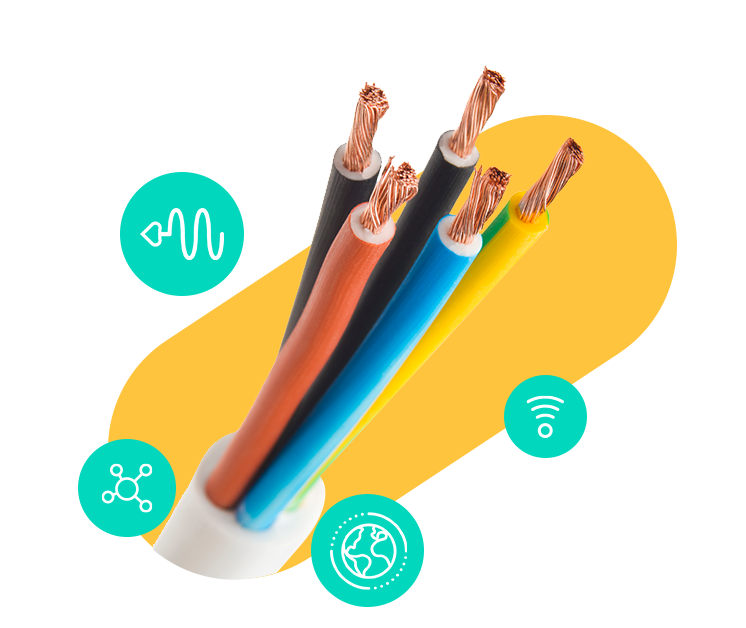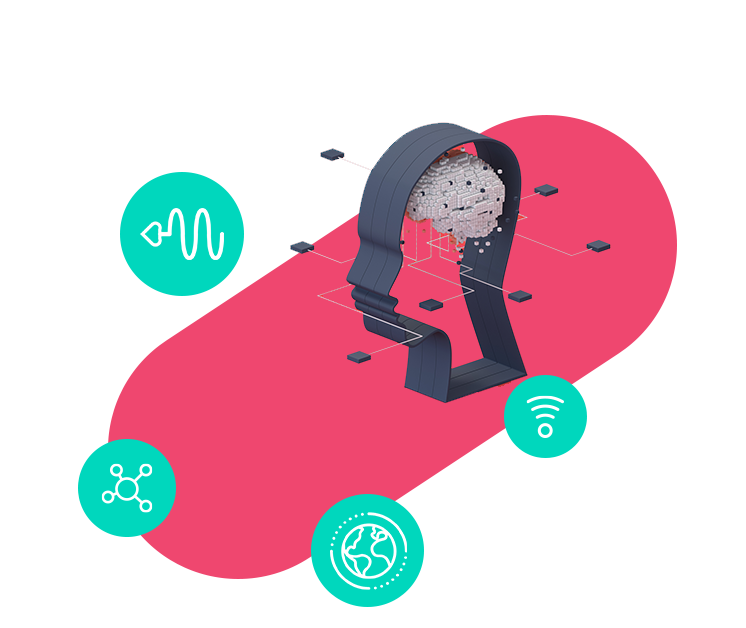Robots and Virtual Receptionists: how Private 5G is delivering the hyperconnected coworking space of the future
Published by Colt Technology Services on February 7, 2024
Construction of the self-styled ‘beacon of change’ that is NEOM and The Line – the connected, smart and sustainable utopian ‘megacity’ – is accelerating in Saudi Arabia, promising a clean, hyperconnected environment incorporating AI, IoT and automated transportation in a reimagined work and living space. While it divides opinion, there’s no doubt the ambitious project takes the smart building concept to a new realm.
Elsewhere, real estate visionaries, architects and planners are bringing their own smart building ambitions to life in more immediate ways. Modelling their designs to maximise energy efficiency, to suit changing behaviours and to connect to secure digital infrastructure, they’re innovative and ambitious. Juniper Research forecasts 150 million buildings will be deploying smart building technologies by 2026, with growth expected to rise by 150% between 2022 and 2026. Smart buildings are already changing the way we connect – and the co-working space is leading the way.
The hyperconnected, energy-efficient office space is in high demand: coworking spaces continue to rise in popularity, as the new wave of remote workers look to emulate the collaborative digital and social experience they’d get from a traditional workspace. The sector is forecast to generate 17% growth annually to 2028, and estimated to be worth $24billion by 2030 – up from 6.9 billion in 2021. This year, it’s forecast that there will be an estimated 41,000 co-working spaces globally.
Demand for co-working spaces follows the trajectory of hybrid working, which continues to grow in popularity and practicality among both employers and employees: 83% of UK businesses currently have hybrid working practices in place, according to a recent study by the CIPD. And while there are regional variations, the story is similar across the world. One international study found France topped the leaderboard for the countries embracing hybrid working, chosen by 76%, followed by Canada. In the US, an estimated 40% of ‘remote capable’ employees – those whose roles aren’t tied to a specific location – work remotely one day a week.
A growing number of ‘digital nomads’ is also boosting the popularity of co-working spaces. An estimated 35 million workers are blending their love of travel with their ability to stay connected and work from anywhere.
The need for social workspaces
While employees love the flexibility and cost-effectiveness of hybrid working, it can be isolating without a formal remote working strategy in place. Humans need social contact, yet remote workers can feel disconnected, disengaged and lonely. The co-working space provides opportunities for networking, collaborating and providing focus and increased productivity, while fostering a strong sense of community.
There are two other major advantages to co working spaces which are key drivers behind the sector’s growth: access to the very latest digital networking, collaboration and connectivity technologies – without the need to invest directly – and the experience of a cleaner, greener, sustainable infrastructure. These two factors are key drivers behind an exciting wave of co-working spaces which use 5G mobile connectivity to deliver an innovative, immersive working experience.
More data needs more bandwidth
For a building to deliver the ultimate, automated, connected IoT experience, vast amounts of data are generated, shared and stored. This places huge demand on IT networks, which will only increase as we rely on more data-hungry digital technologies and applications such as AI.
As organisations accelerate their journeys to net zero it will become even more important to collect and analyse meaningful real-time data on a variety of factors from emissions to water usage, requiring greater bandwidth and low latency to measure and communicate outputs in real time.
Optimising 5G for a secure, connected, sustainable co-working experience
The Private 5G network delivers these requirements with robust security, high performance, greater reach and maximum efficiency, supporting advanced applications like Augmented and Virtual Reality (AR/VR), with Ultra HD Videoconferencing. It’s set to provide a very strong differentiator within the coworking space.
Co-working property firm Icade – along with Colt and a consortium of partners – is an organisation which has already successfully trialled an end-to-end Private 5G standalone network in La Defense, Paris, as part of its vision for smart building capabilities. The first-of-its-kind trial was a testbed for bringing secure, ultra-reliable low latency 5G digital connectivity to the Paris office: low latency means applications and data run faster and more smoothly, for a better user experience.
Colt leads the consortium and is responsible for WAN connectivity including 5G timing and Edge platform services to deploy Open RAN (Radio Access Network) and virtual 5G Standalone Core networks. Open RAN is a type of network architecture which means different suppliers can interconnect and deliver their own components, services and specific expertise; it’s an open, flexible multi-vendor network.
Security is an intrinsic component of Private 5G and critical to the trial. Encryption and SIM-based authentication in private cellular networks enable physical security measures that effectively eliminate credential-based attacks. Additionally, the architecture is based on Private Edge Computing technology, both at the customer premise and at Colt’s core infrastructure. All applications and Open RAN functions are distributed across this Private Edge platform, removing the need to deploy them in the Public Cloud.
Innovative results
The trial tested a diverse set of use cases, exploring areas such as indoor 5G connectivity, the use of robots in the office environment, and augmented reality technologies for facilities managers. Triallists using the co-working spaces experienced benefits such as:
5G Smartphone connectivity: Airspan Airspot 7621 Indoor 5G Hotspots are reliable, easy to use and offer high performance service. They are one of the main elements of the 5G infrastructure installed in the building.
Remote reception teams: users can leverage the 5G network to set up a mobile telepresence solution in the offices to provide reception and remote support to clients. They will be able to use the telepresence robot set up on the premises to interact with the remote reception and customer support teams.
Ultra HD Video conferencing: a collaborative solution allows several remote sites to be linked together. Users change the way they collaborate with their colleagues by meeting them «almost» physically while they are remote thanks to high definition cameras and a very high speed connection.
Augmented Reality: prospects can visit, configure and project themselves into future sites for rent using a 3D platform allowing them to read HD content in augmented reality.
The trial was devised as a blueprint for future smart building requirements. What’s incredibly exciting is that it has brought to life not only a vision for the workplace of the future, but a reality.
This article is featured in Smart Buildings magazine
Recent articles
What's your goal today?

1. Connect to the Colt network
Our network directly connects 32,000+ buildings, with millions more through our extensive worldwide partners, powering global businesses with high bandwidth requirements. Find out if you're Colt connected now.

2. Learn more about digital infrastructure
We've worked with experts to build hundreds of guides, whitepapers and blogs across a range of technology & infrastructure topics, as well as videos, webinars & lightning talks. Find out more about them below.

3. Explore our customer success stories
We work with global businesses to deliver world-class connectivity solutions, with a range of available professional & managed services to help you get exactly the right fit for your business. Read more about some of our customers' success stories.

